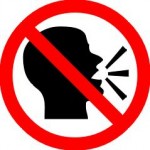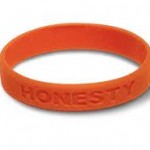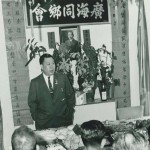Don’t be the lone person on an island
 It is difficult being a leader especially when the times are trying and progress is slow with your team. It has been proven to be helpful to let the group know in a positive way that you need their assistance.
It is difficult being a leader especially when the times are trying and progress is slow with your team. It has been proven to be helpful to let the group know in a positive way that you need their assistance.
When you have a meeting during a period of team struggle, try this exercise by giving each team member three post-it stickers.
– On one, ask them to write what the team has done well so far.
– On the second one, ask them to write what the team needs to strengthen.
– On the last one, ask them to write what they’d like to see the team focus on.
Post these up on a wall. Have the entire team read them and come to a determination on what they want to focus on. This will help the group continue to bond. And you, as the team leader, will now have buy-in from the group. It creates a win/win situation.













